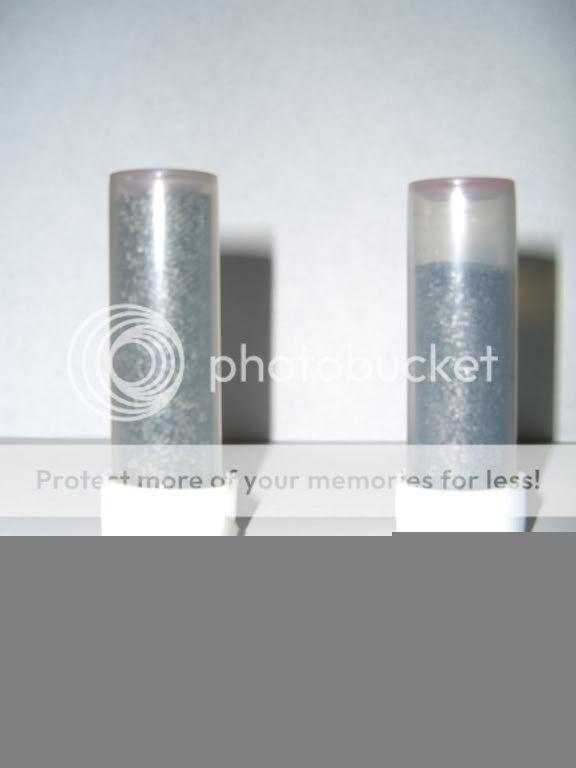rscott5028
Well-Known Member
I don't think progressive, or gain twist barrels are a good idea. A century ago, they worked well for lead bullets, but these days I dont' believe they'll consistantly do well. Comments from top match rifle barrel makers reflect their knowledge that the biggest single flaw in barrels that causes accuracy is an inconsistant twist rate. When the twist rate changes, it moves jacket material around on the bullet and can easily upset its balance. Unbalanced bullets just don't shoot accurate.
I also hear gain twist (since it's continualy morphing the jacket as you point out) may tend to increase copper fouling which can already be a problem with the longer bearing surface of very heavy bullets.
Bart - not to hijack the thread, but would you recommend IMR4064 vs Varget for 308 Win pushing a 175gr bullet?
thanks
richard

